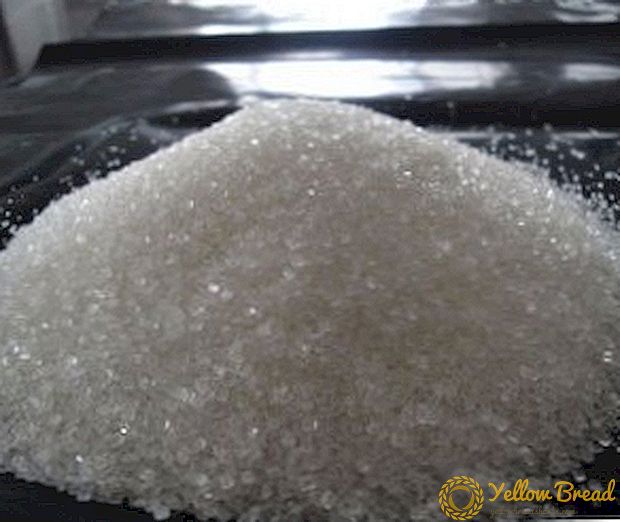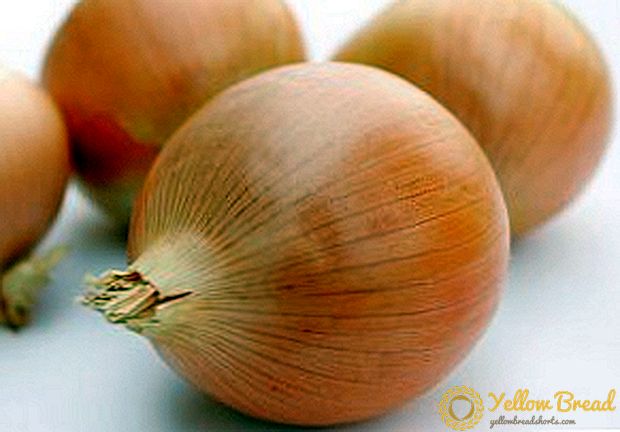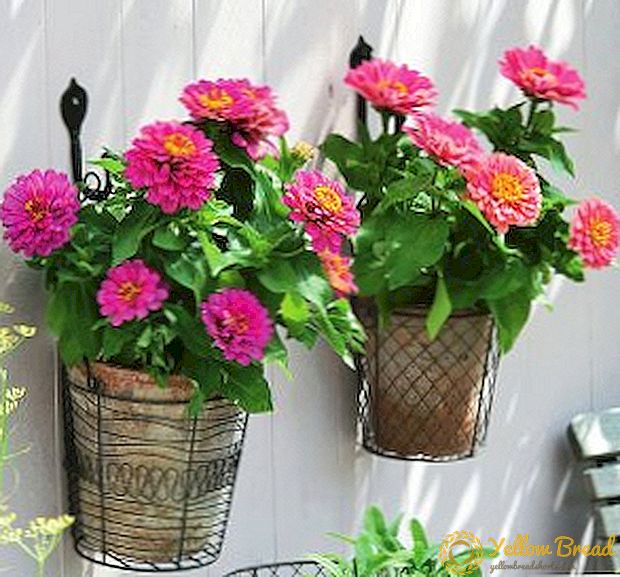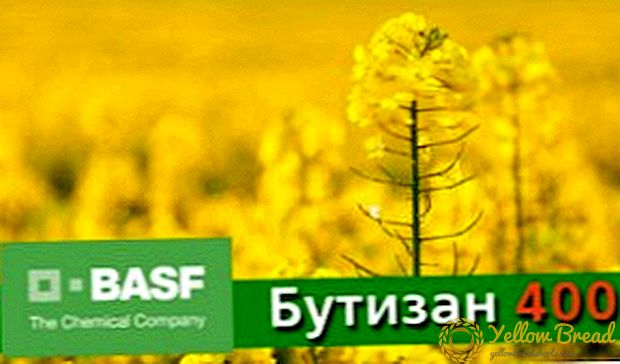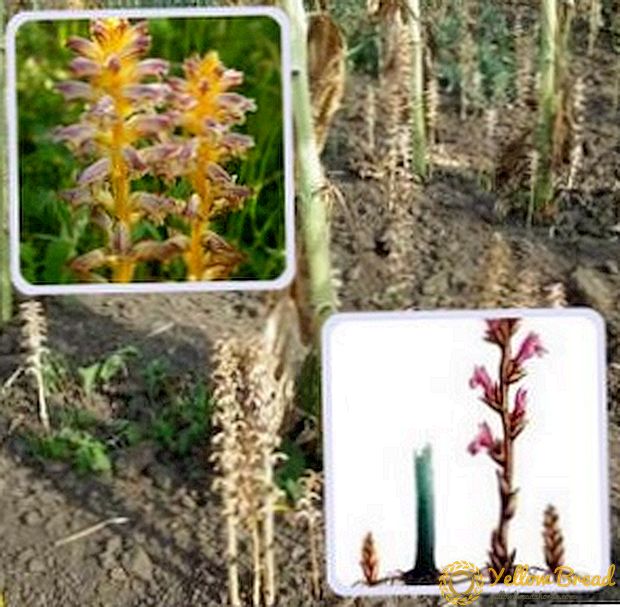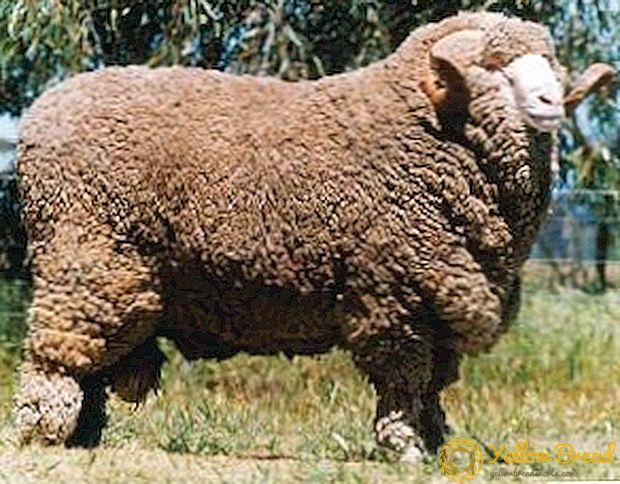 Gentian (Gentiana) - very many-sided plants, striking the color of their large flowers. A variety of gentian can surprise even experienced gardeners. Gentian is a group of annual and perennial plants belonging to the gentian family. About 400 species of this plant are known worldwide. Homeland of many species is Asia. Gentian is common on all continents except Antarctica and Africa. More than 90 of its species are used in culture. In this article you will learn about the most popular gentian species and them detailed description.
Gentian (Gentiana) - very many-sided plants, striking the color of their large flowers. A variety of gentian can surprise even experienced gardeners. Gentian is a group of annual and perennial plants belonging to the gentian family. About 400 species of this plant are known worldwide. Homeland of many species is Asia. Gentian is common on all continents except Antarctica and Africa. More than 90 of its species are used in culture. In this article you will learn about the most popular gentian species and them detailed description.
- Annual gentian species
- Bearded
- Splayed
- Perennial species of gentian
- Spring
- Daurskaya
- Yellow
- Chinese decorated
- Koch
- Klusi
- Large leaf
- Large-flowered
- Lush
- Ternifolia
- Three-flowered
- Narrow-leaved
- Rough
Annual gentian species
Annual gentian species are amazingly hardy plants. The best representatives are gentian bearded and gentian splayed. However, one-year gentian in garden design are rare.
Bearded

Bearded Gentian is an annual herbaceous plant. Stems erect, 6-60 cm tall, with thin adventitious roots that resemble a beard. Large flowers "bluebells" blue-violet. Flowering plant in July - August. It grows in meadows, forest edges, wetlands.
The aerial parts of the plant (leaves and flowers) are used in traditional medicine of Tibet. Healing herbs are used for inflammation of the liver, spleen, for the treatment of biliary diseases, complications of pneumonia, acute renal failure, diseases of the gastrointestinal tract, as well as various infectious diseases.
Bearded gentian flowers are one of the main components of the complex drug, used for dry cough, atherosclerosis, diseases of the nervous system, tachycardia, pneumonia, rheumatic diseases, gout. The effectiveness of broth or dry extract of bearded gentian in acute liver failure has been experimentally confirmed.
Splayed

Splayed gentian grows up to 15 cm, has a basal rosette of leaves, as well as one or two pairs of leaves on the stem. This annual plant blooms from June to September, but sometimes the flowers on the bushes persist until the end of November. Seeds germinate in spring or autumn.Seeds are also capable of dormant for several years. Spread gentian is widespread in the rural areas of northern and northwestern Europe. In the climatic conditions of other regions, this type of gentian is vulnerable and rare. Gentian splayed - one of the priority species in the framework of the "Action Plan for the conservation of biological diversity in the UK."
Perennial species of gentian
Perennial species of gentian - one of the most original summer flowering crops. Very hardy and completely winter-hardy, therefore are most demanded in garden design. The most popular representatives of perennial flowers are spring gentian, Dahurian, yellow, Chinese decorated, Koch, klyusi, large-leaved, large-flowered, lush, ternifolia, three-flowered, narrow-leaved, rough and others.
Perennial gentian has a long history of use in both Asian and Western folk medicine. In the West, the yellow gentian is of medicinal value, while koha, spring, and others are used in cultivation.On the contrary, in traditional medicine in Asia (China), other types of perennial gentian are popular: large-leaved and rough.
Spring

Spring gentian stems are the shortest among all species: the length is only a few centimeters. The pedicle does not grow more than 3 cm. However, the plant compensates for this lack of beautiful and bright flowers of deep blue color. In the case of spring gentian, the period when the plant blooms occurs at the end of spring and the beginning of summer (May-June).
Spring gentian is common in Central Europe. The natural environment for it is limestone, it grows on sunny alpine meadows, ideal for the alpine landscape. Alternatively, you can try to beat this plant in your garden or courtyard. The soil before planting should be moist, well drained and enriched with humus. Plant spring gentian preferably in partial shade, but can be with full sun. In areas where summer is hot and dry, the plant will need protection from the sun.
Daurskaya

The height of the stem of Dahurian gentian is 15 -30 cm.Tubular purple-blue flowers open in August. Habitats of this perennial: grassy slopes, verges, sandy places and dry steppes. Natural area: East Asia (Mongolia, China). As they grow, the stems fall to the ground, creating a wide, bright green grassy field. When grown between other plants, the Dahuri gentian grows more vertically. In cold regions, this perennial is desirable to grow in the sun - the plant will feel better than in partial shade.
Yellow
 The yellow gentian is a large, strong, long-term grass. The plant is also called large gentian or gentian medicinal. Life expectancy can reach 50 years, but the first flowering will have to wait about ten years. Rsize yellow gentian reaches 1.50 m.
The yellow gentian is a large, strong, long-term grass. The plant is also called large gentian or gentian medicinal. Life expectancy can reach 50 years, but the first flowering will have to wait about ten years. Rsize yellow gentian reaches 1.50 m.
The leaves are ribbed and clasp the stem of the plant. Large yellow flowers tightly gathered at the base of the leaves. Flowering period: June-August. Gentian root harvested from May to October. Currently, the plant lives on various European mountain ranges: Southern Europe, the Alps. Grass can be found at an altitude of 2500 meters above sea level.
This medicinal plant is traditionally used in various digestive disorders. Yellow gentian stimulates appetite, fights diarrhea, is used as an antiseptic, and is also a general tonic (relieves fatigue). The plant is applied in the form of herbal tea. Rhizomes and roots are used in herbal medicine.
Chinese decorated

This perennial herb is widespread in China, mainly in the northeast. Harvesting takes place in the fall. Flowers gentian tan color. Roots are rough.The grass has a faint odor and bitter taste.
Chinese decorated gentian is indicated for use in the following diseases: for oral ulcers, for sore throat, skin diseases, for Gospel disease (jaundice), diseases of the liver and gall bladder, for headaches and dizziness, and also as an antidepressant. Chinese gentian in folk medicine is usually used in the form of a decoction or tincture. The broth is taken orally or externally.
Koch

Koch (stemless gentian) is another variety of perennial gentian. The peculiarity of this species is that the plant does not have a stem and is located very close to the ground. The plant is quite low (only 5-10 cm in height). The leaves are gathered together in the rosette. The edge of the sheet is smooth. Single flowers have a bluish-blue tint. Koch flower has a tendency to close in rainy weather.
The plant is common in the mountains of Europe (in the Alps). The flowering period lasts from May to August (depending on location). This type of gentian is classified as an ornamental plant. Propagated by seeds and vegetatively. Photophilous
Klusi

Gentian Klushi - a perennial herb with large flowers and short pedicels, outwardly very similar to koha gentian. Height is 8-10 cm. Distributed in Europe (in the mountains of the Pyrenees, in the Alps, the Apennines and the Carpathians). Preferred habitats are limestone and rocky rocks. Seeds can be sown at any time of the year, but it is better to do this in winter or early spring in order to benefit from the cold period. The benefits are wet compost. Therefore, we recommend covering the seeds with a thin layer of sand.
Large leaf

Large-leaved Gentian is a tall, attractive perennial plant that grows in the mountainous regions of central and southern Europe. This perennial has a high single stem, as well as long and large leaves. Leaf color is bluish-green. The plant grows to 140 cm.
In early autumn, the root of large-leaved gentian is dug out and dried. Root extracts have antibacterial and anti-inflammatory effects. For medical purposes large-leaved gentian used to treat digestive problems like loss of appetite and flatulence (bloating). In addition, the plant is applied as general tonic and firming agent.
Large-flowered

Gentian large-flowered - amazingly beautiful herb. Flowers of this species are much larger than the plant itself. Perennial height - 4-5 cm.Stems solitary. The calyx is bell-shaped, dark-violet-blue. The root is creeping, branching, bearing numerous stems. The flowering period is in June-August. Large gentian is widespread in Central Asia. The plant can be found in high-mountain meadows and stony placers. In Tibetan medicine it is used for infectious and vascular diseases, as well as a tonic.
Lush

Gentian fluffy - one of the smallest species of the gentian family; plant height is not more than seven centimeters. Leaves narrow and awl-shaped. The flowers are solitary, large, funnel-shaped, pale blue, white at the base. You can also distinguish this species by the darkening in the middle of the bell-shaped flower.Occurs in alpine meadows at an altitude of 3200-4500 meters above sea level. Widely distributed in China (Yunnan Province, Lijiang City). Blooms magnificent gentian in the period from June to September.
Ternifolia
Ternifolia - herbaceous perennial, relatively compact variety with pale blue flowers. Perennial height 4-10 cm. Stems ascending, simple. Bottom rosette of leaves is poorly developed; leaf blades triangular, acute. Foliage pale green color. Flowers solitary, sessile. The corolla is light blue with dark blue stripes, tubular-bell-shaped, funnel-shaped, 4-6 cm in height.
The flowering season is in autumn. The plant comes from rocky areas of Asia. It is still widely cultivated in China. Planting seeds of this gentian is recommended in full sun in acidic soil with a lot of moisture.
Three-flowered

Three-flowered gentian - tall, flowering, perennial plant. The height of this type can reach 120 cm. Habitat are grassy places, especially along roadsides. Perennial distributed in the forests of Asia (China, Mongolia, Korea, Japan). Flowering plant from August to September.In the cultivation period, the three-flowered gentian needs moist, well-drained soil. The light should be as intense as possible, the temperature is not too high, the atmospheric humidity is minimal.
Three-flowered gentian has antibacterial properties. The roots of the plant contain bitter compounds, which are an excellent tonic for the digestive system. Root is also used in the treatment of jaundice, eczema, conjunctivitis, sore throat. Gentian root is collected in the fall and dried for later use. Before using this plant for medicinal purposes, you need to consult with a professional.
Narrow-leaved

The narrow-leaved gentian is the fastest growing gentian variety. She feels great in ordinary garden soils. To the delight of visitors to the garden, the plant blooms with magnificent "bells" of deep blue color. Flowering period: May, June. Plant height - 8-10 cm. Over time, this type of gentian forms a large grassy mats. Grow narrow-leaved gentian should be in full sun or in partial shade. The soil where perennials grow should be acidic.
Rough

Gentian rough, also called Korean or Japanese gentian, is another perennial species of the gentian family. The plant is common in most of the United States and in North Asia (Japan). Flowering rough gentian falls in the middle of summer. The plant has more or less upright stems, 30 cm in height. The leaves are oval with jagged edges. Each pair of leaves covers the stem at the base. Calyx tubular, elongated. The flowers are blue or dark blue. Bitter root rough gentian is used in Japanese traditional medicine as a tonic. In addition, they are treated with a number of diseases associated with the liver.
Flowering gentian - one of the most hardy plants used in ornamental horticulture. Having grown different varieties of gentian, you can assemble an amazing collection that will bloom from spring to autumn in your garden.

